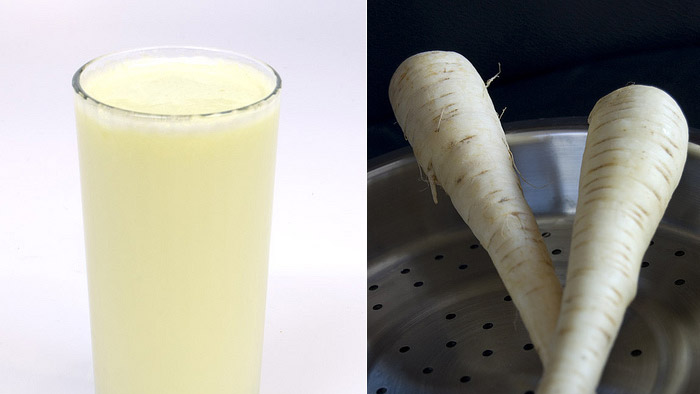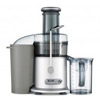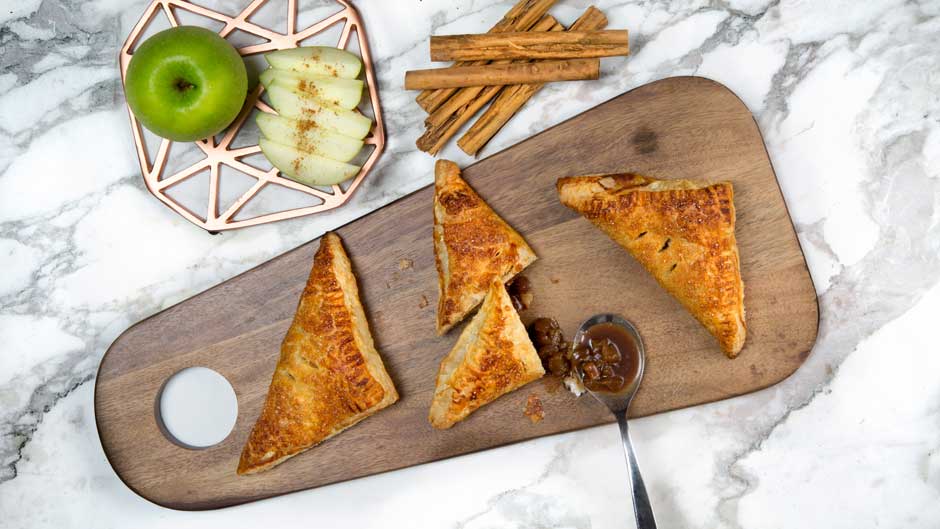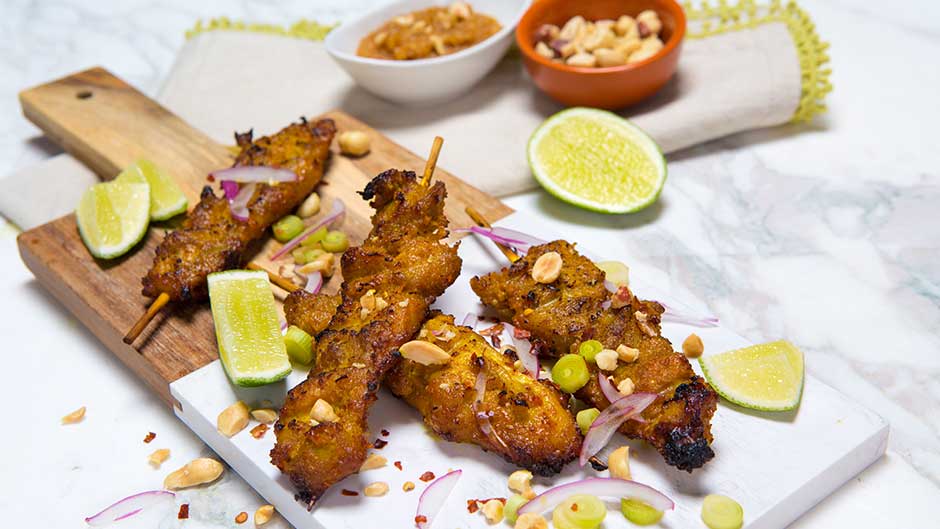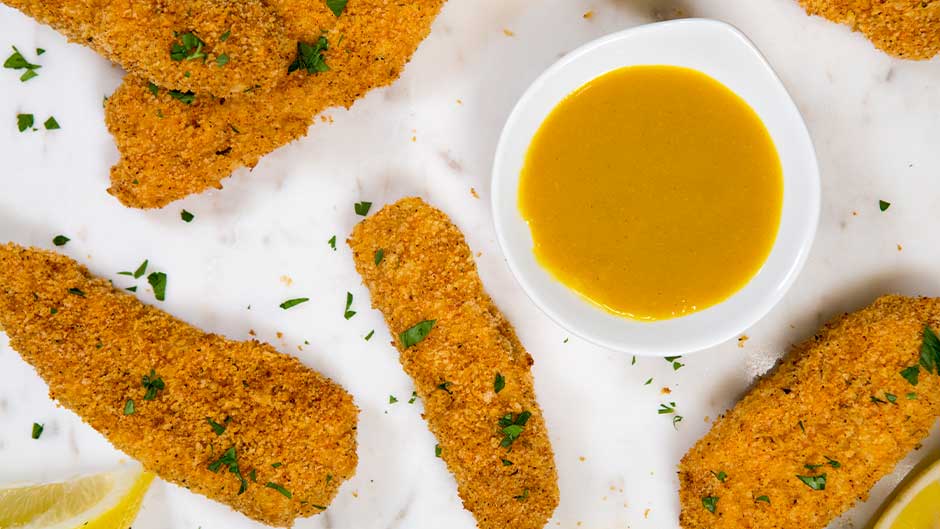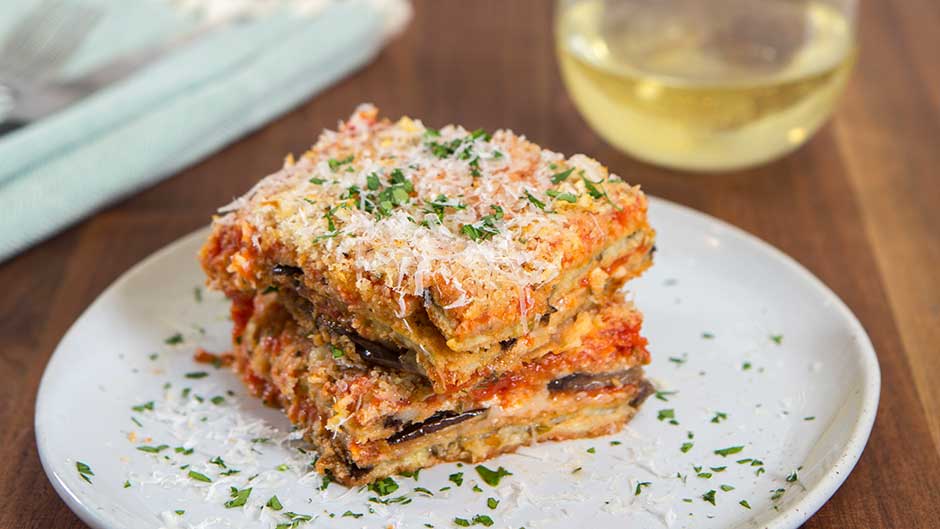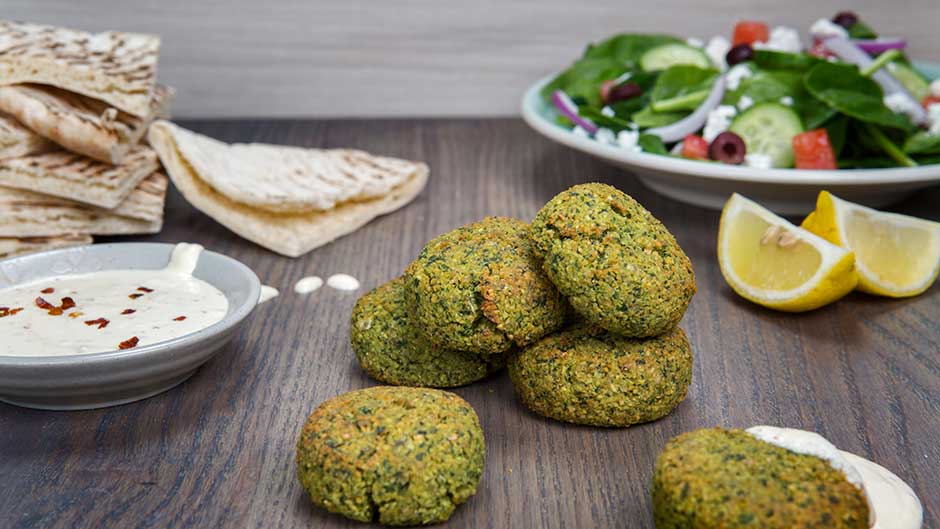The parsnip is an old and venerable root vegetable with a culinary history going back at least to ancient Rome. Cultivated most successfully in cooler temperate climates, it fell out of vogue with many Europeans and Americans when the potato was introduced from the Americas. Both vegetables are used in very similar culinary applications, such as soups and stews and frying.
Very similar to the carrot in appearance and texture, parsnips have a much stronger, nutty flavor that is quite unique. This intense flavor, usually mellowed by cooking, makes juicing parsnips an adventure.
Packed with nutrients
But the adventure does have it’s hidden treasure. Although primarily a starchy, sweet root — the sweetest root vegetable, in fact — it is actually a very good source of folic acid, potassium and calcium. And it has trace amounts of several other key nutrients, including vitamins B1, B2, B3, vitamin C (more than carrots), iron, and zinc. It’s a veritable health bonanza from this understated ingredient.
The parsnip lacks the carrot’s bright orange, so it obviously lacks in the beta carotene department. But like a carrot it will yield a lot of sweet juice. It’s definitely worth adding to your juicing regimen. Just keep in mind the flavor is quite strong, so go easy on it until you know what your palette enjoys.
The recipe below wonderfully complements and highlights the nutty flavor with the potent, round flavors of the pear.
Recipe: Parsnip, Celery and Pear Juice
Parsnips and pear make an exquisitely complex flavor pair.
Ingredients
- 2 parsnips, trimmed
- 4 sticks celery, trimmed
- 4 medium pears, stalks removed
Instructions
- Process parsnips, celery and pears through the juicer.
- Serve immediately.

